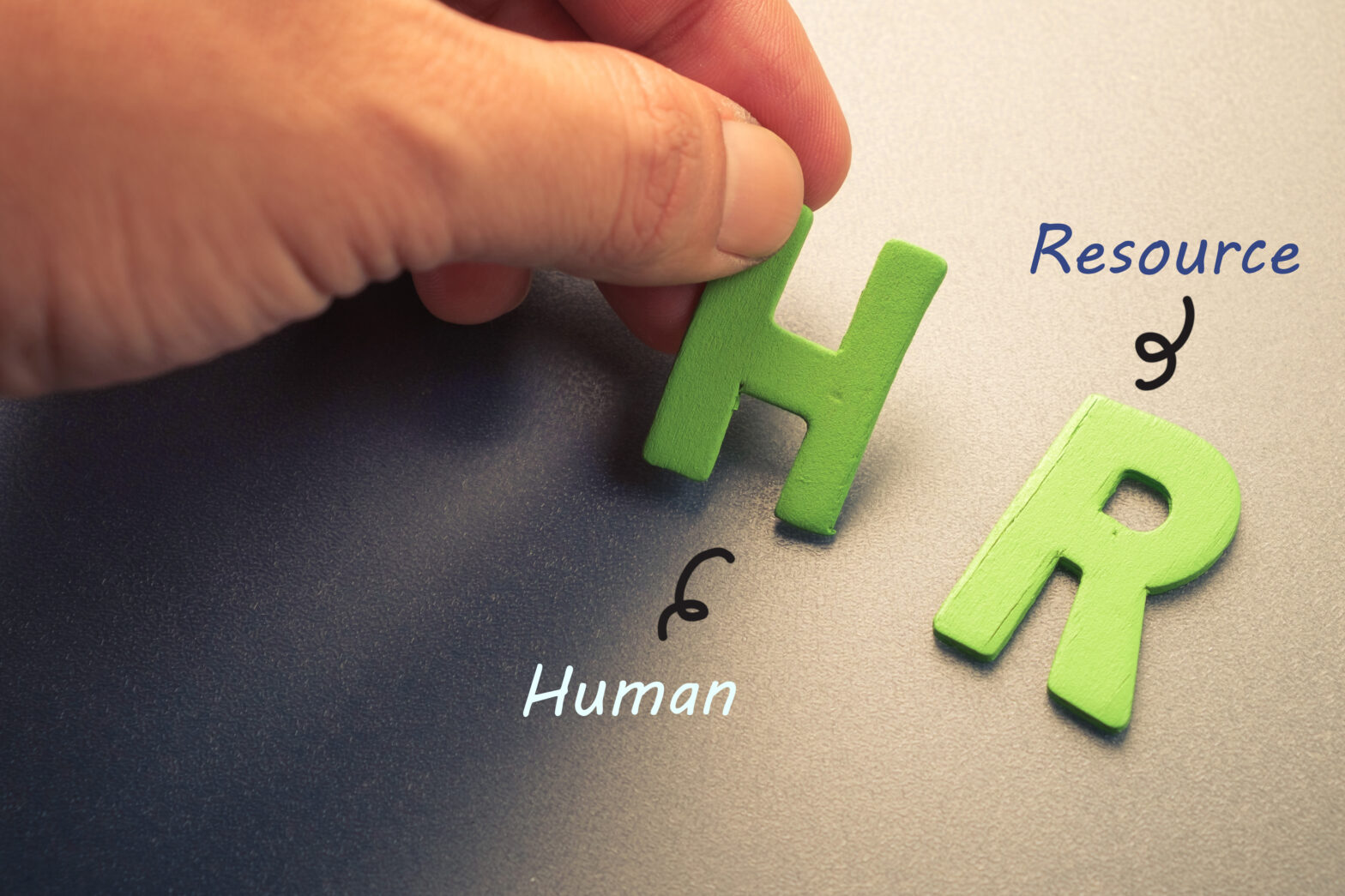One of the most controversial announcements in the March 2017 budget by Phillip Hammond was that the self-employed would be hit by a 2 per cent rise (from 9 per cent to 11 per cent) in national insurance contributions (NICs) equating to a £1,000 rise in the tax bill for over 2.5 million workers. Just a week after the Chancellor revealed the proposal the plan was swiftly scrapped following objections raised by the Labour Party, several Conservative MPs and the media. Many argued that the proposal went wholly against the 2015 Conservative Party Manifesto which promised not to increase taxes. It was seen to unfairly burden entrepreneurs whose work does so much to boost the UK economy, driving innovation, enterprise and growth.
The latest data record showed that there were over 4.7 million self-employed workers in the UK during the first quarter of 2016 and this increase has largely been driven by globalisation, shifts in demographics and the emergence of new technologies. This continuing rise undoubtedly raised concern for the Chancellor as he focussed on the diminishing taxes this would bring rather than the consequential benefits for the UK economy.
As an example, the Office of National Statistics recently reported that the number of sick days taken is at an all-time low since the figures were first recorded in the 1990’s. This is mainly due to the reluctance of the self-employed to take time off work, who, figures have shown, take only two thirds of the time off that is taken by salaried employees. These figures support the suggestion that, rather than penalising these workers, the Chancellor should be doing all he can to encourage them.
The Chancellor had initially proclaimed that the move was ‘fair and appropriate’ as it eliminated the disparity in the amount of NICs paid by the employed and self-employed which he stated was ‘no longer justified’. He argued that by paying NICs, individuals are not simply paying a tax, they are paying for the entitlement to claim certain state benefits and used the example of the self-employed paying less for using the same public services as salaried employees. Though this cannot be disputed, it appears that the Treasury had failed to fully acknowledge the associated risks and pitfalls of being self-employed, namely the lack of holiday and redundancy pay, lower rates of sick and maternity pay and insufficient pension provision. Setting up a business not only requires capital injection but also continued funds to cover the running costs associated with purchasing equipment, accounting, marketing and IT and it therefore seems incredulous to compare these two types of workers on a like-for-like basis.
Relieved businesses
The U-turn on the NIC rise has been greatly received by many in the business industry albeit a political furore. Although the intended rise was initially proposed as a means of protecting the Treasury against the increasing gap in taxes, it has been suggested that the Chancellor should now initiate a thorough investigation into the disparities within the current tax system as well as concentrating on the pension provision for the self-employed.
The state pension plan is by far the largest benefit covered by the NIC fund, which totalled £92 billion (94 per cent of the fund) during 2016/2017. Prior to April 6th 2016, the self-employed were only entitled to the basic state pension whereas salaried employees were entitled to an additional pension and this was the main reason why historically the government had levied lower NICs on the self-employed. As of 6 April 2016, following the pension reform, the government introduced the new ‘flat rate’ pension in which all workers be they employed or self-employed, receive the same amount. Some suggest that this was one of the biggest drivers in the government’s decision to bring the NICs paid by all workers into line.
An increase in life expectancy
The current shift in demographics is forming an increasing population life expectancy. As they reach retirement, many people face poverty as they are living longer and have not planned beyond their working life. The state pension discussed above does not provide enough to comfortably sustain a person during their lifetime. The government acknowledged this with the recent introduction of auto-enrolment which allows salaried employees to pay into a workplace pension scheme with the benefit of additional contributions made by both employers and the government. The self-employed are currently excluded from the latest auto-enrolment scheme for private pensions unless they make their own personal arrangements.
It is hoped that the government will use this U-turn as an opportunity to encourage the self-employed to save for their future and support their retirement by perhaps finding a solution akin to auto enrolment. Some have suggested rebating a rise in NI for the self-employed into a privately funded pension fund of their choice as a possible solution. Reducing the huge gap in retirement income received by employed and self-employed workers must surely be high up on the Treasury’s agenda as it will not only serve to strengthen our economy but support those that are the driving force behind its success.
Philip Blows is director of Wealth Wizards.





